Crude steel production in Arab countries recorded 3.9 million tons in September 2025, showing a significant rise compared to the same period last year. Total production from January to September reached 32.3 million tons, reflecting a 7.5% year-on-year increase. These figures indicate that the region’s steel production capacity is expanding and domestic demand remains robust.
Gulf region maintains leadership
The Gulf countries produced a combined 1.92 million tons of crude steel in September, maintaining their leading position in the region. Saudi Arabia led with 991 thousand tons, while Qatar saw a remarkable monthly increase of 75% as some production lines returned to full capacity. The United Arab Emirates raised production to 336 thousand tons, and Kuwait achieved an 8.4% increase. Slight declines were observed in Oman and Bahrain. From January to September, total production in the Gulf region reached 15.96 million tons.
Mixed trends in North Africa
North Africa’s total production in September stood at 1.69 million tons. Egypt led the region with 1.01 million tons, while Libya experienced a significant monthly surge of over 70%. Algeria and Morocco increased output, whereas Tunisia saw a decline. The region’s cumulative production from January to September reached 13.79 million tons.
Stable output in the Eastern Mediterranean
The Eastern Mediterranean region recorded 282 thousand tons of crude steel production in September 2025. Iraq and Jordan maintained steady output, while Yemen experienced a decrease. Total production from January to September stood at 2.56 million tons.
Egypt’s iron and steel trade
Egypt’s iron and steel exports declined to USD 1.374 billion during the first nine months of 2025, while imports fell to USD 3.153 billion. Türkiye remained the largest importer of Egyptian steel, and Russia led Egypt’s export destinations.
Analysts predict that production growth in the Gulf and North Africa regions is likely to continue into the final quarter of the year.


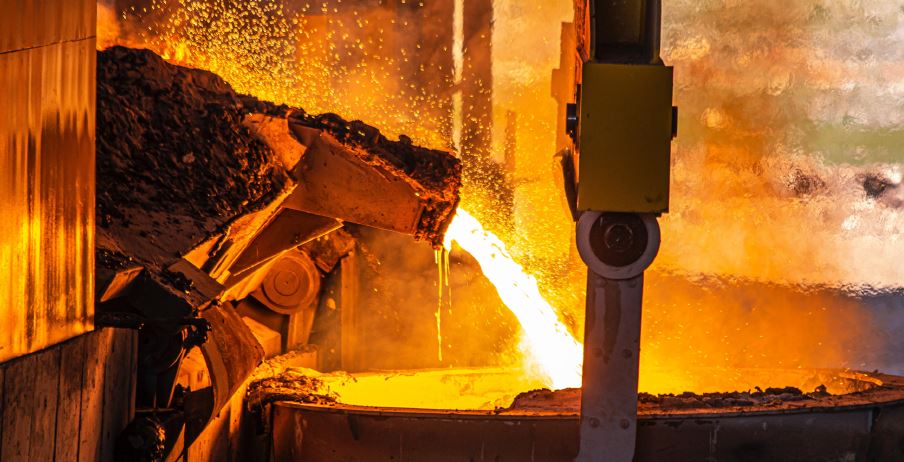
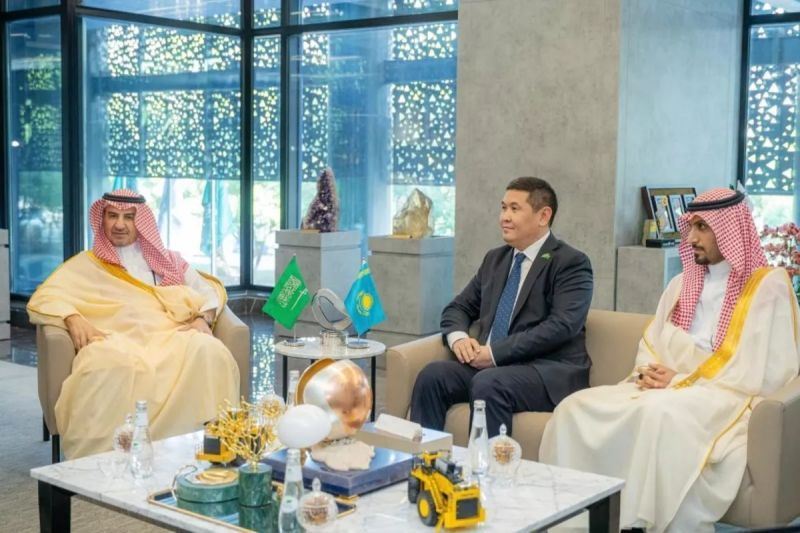
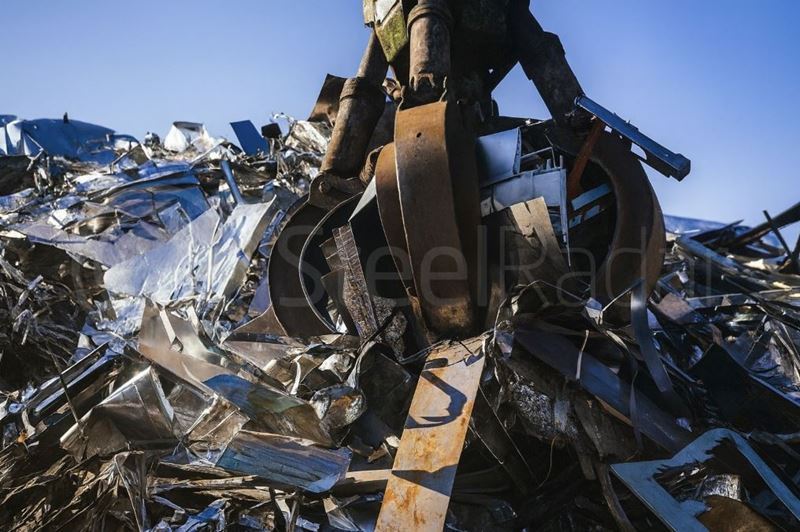
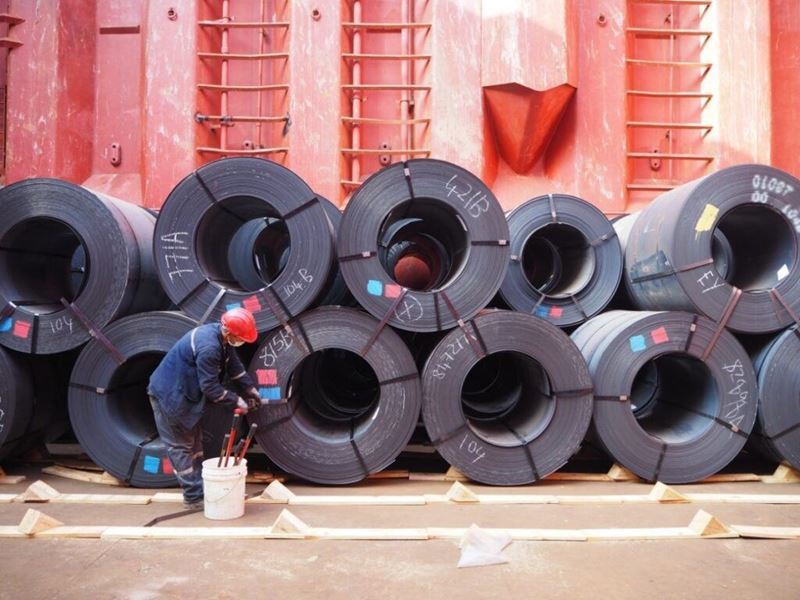
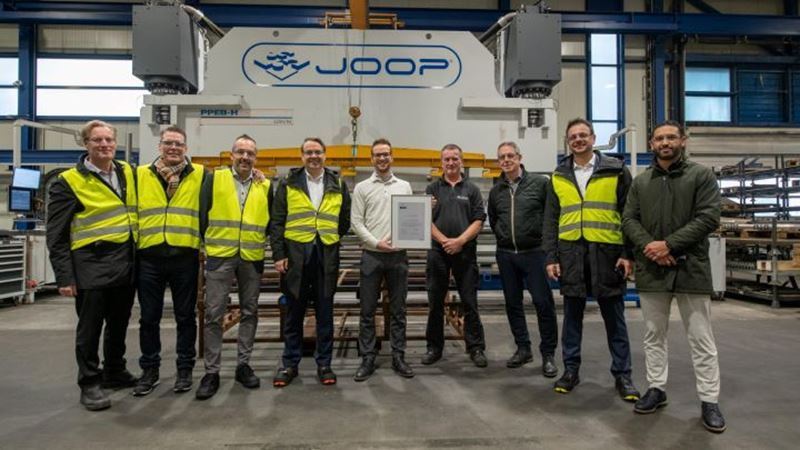
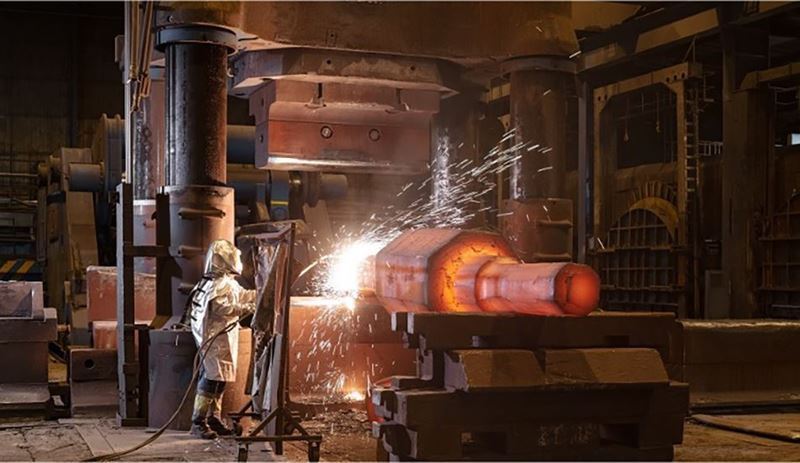

Comments
No comment yet.